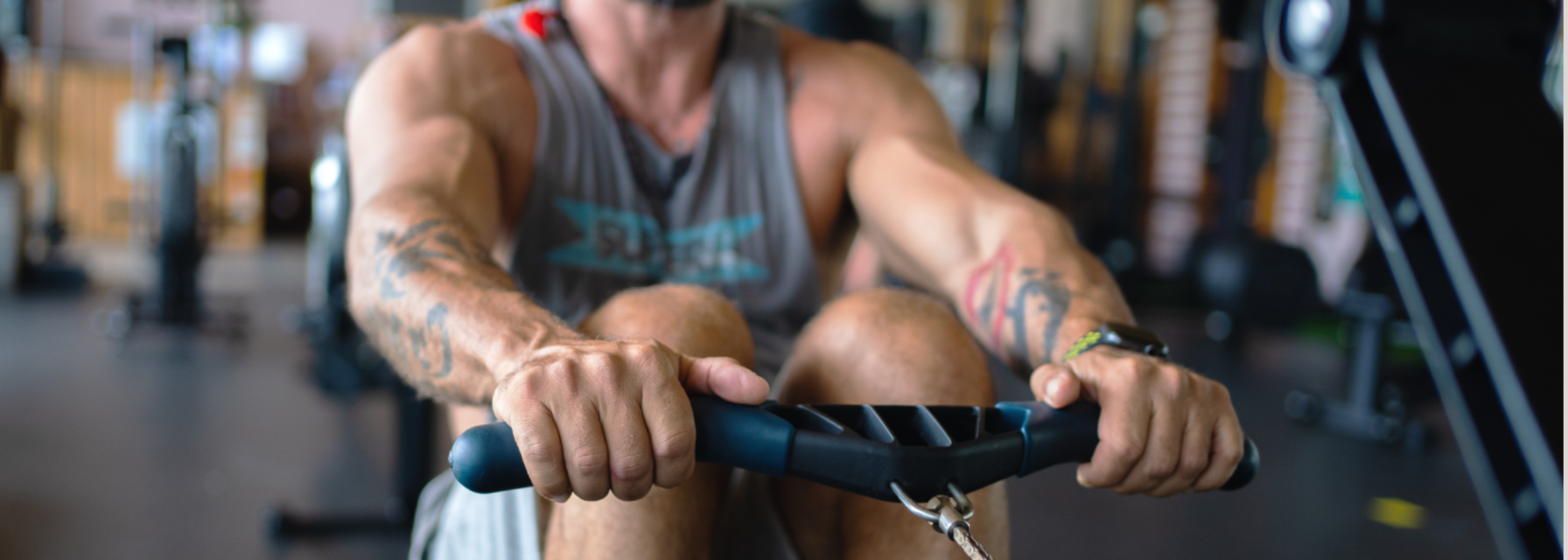Full-Body Workouts For Natural Gains Without Steroids

Full-Body Workouts For Natural Gains Without Steroids
SummaryWinter is the perfect time to bulk up naturally. These five full-body workouts offer old-school, steroid-free methods to gain muscle, build strength, and carve out a massive physique.
End of Article
